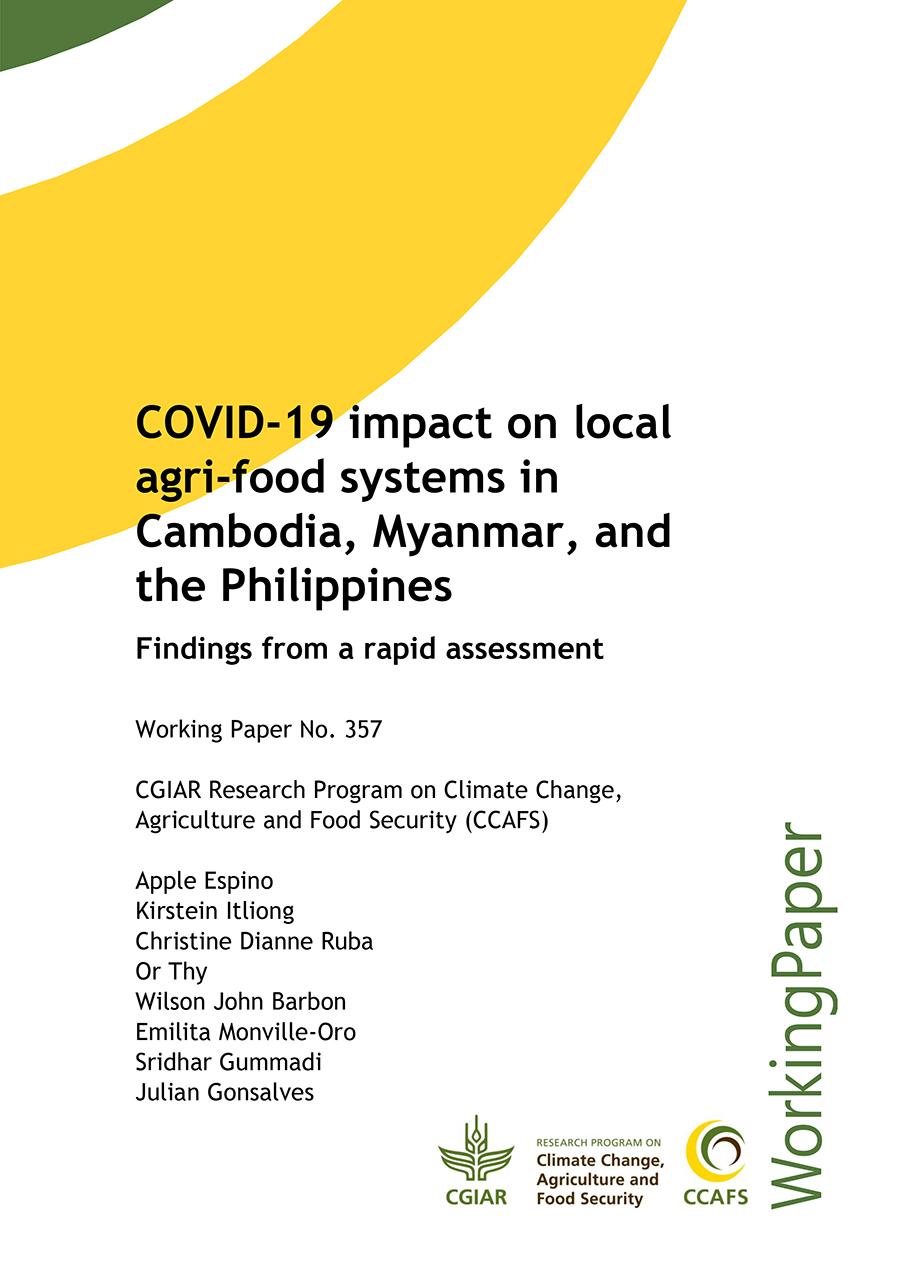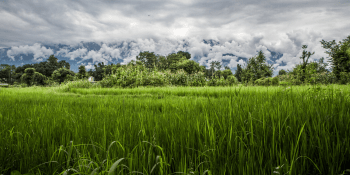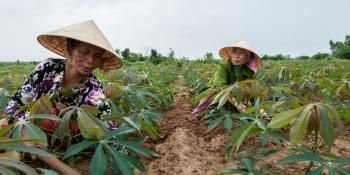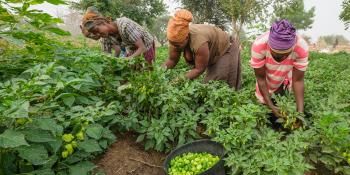How Climate-Smart Villages achieve food security during the pandemic

Climate-Smart Villages (CSVs) allow farmers to apply climate-smart agriculture (CSA) options and services. CSA is designed for farmers to adapt to the changing climate and reduce their greenhouse gas emissions. In these CSVs, farmers also learn about practices and technologies that improve the productivity of their farms.
The last benefit of CSA is the most relevant in today’s world, where many are affected by the COVID-19 pandemic. People can not go outside whenever they want to and the places they can visit are limited. This also affects food systems around the world. For example, transportation restrictions, a response to keep COVID-19 from spreading, disrupts the delivery of food from farm to markets to homes.
Not all systems, however, are as strongly affected by the pandemic. Many people in rural areas, specifically those depending on farming for livelihood and domestic consumption, have only made minimal adjustments to deal with the pandemic and its side effects. How these rural communities have adjusted during the pandemic and its overall impacts on local food systems are the focuses of a study conducted by the International Institute of Rural Reconstruction (IIRR). The study looked at three CSVs: Chhouk (Cambodia), Htee Pu (Myanmar), and Himbubulo Weste (part of Guinayangan CSV in the Philippines).
Adapting to the “new normal”
The study found that the livelihood of farmers is affected by the pandemic on the supply side because farmers have difficulty with getting their produce to markets. On the demand side, consumers have reduced their food purchases and intake due to reduced or complete loss of income. As such COVID-19 can be considered as an external shock to the food system that can push farmers to poverty and lead them to food insecurity.
 Click here to read the publication |
However, the study shows that farmers in the CSVs have applied CSA practices, which were developed to deal with climate change impacts, as a pandemic response. They have diversified the crops they plant, enabling them to generate income from multiple livelihoods. These farmers also do not rely solely on markets to sell their produce, since they can sell them in retail stores and informal wet markets.
At the very least, with the diversity of crops they harvest, they have food to eat even if they cannot generate an income. As the study shows, the respondents from the three CSVs have a medium to high dietary diversity. This means that households still have several choices in the food they eat owing to the various livelihoods created from practicing CSA.
The livelihoods created by the farmers, with IIRR’s assistance, include small native chicken production, intercropping of legumes, traditional pig raising, and agroforestry. Many farmers have also grown homestead gardens to create more food options for domestic consumption. IIIR has been working with local governments and other actors to promote vegetable farming.
Integrating indigenous knowledge and community-based approaches in CSA implementation has also encouraged farmers and other local actors to participate and take responsibility for their farms. The mindset shift sparked by practising CSA, and the collaborative environment being promoted in the CSVs, have transformed the goal of the farmers from being driven by profits only to treating farming as a business while simultaneously taking care of the environment.
Download the publication: COVID-19 impact on local agri-food system in Cambodia, Myanmar, and the Philippines: Findings from a rapid assessment



